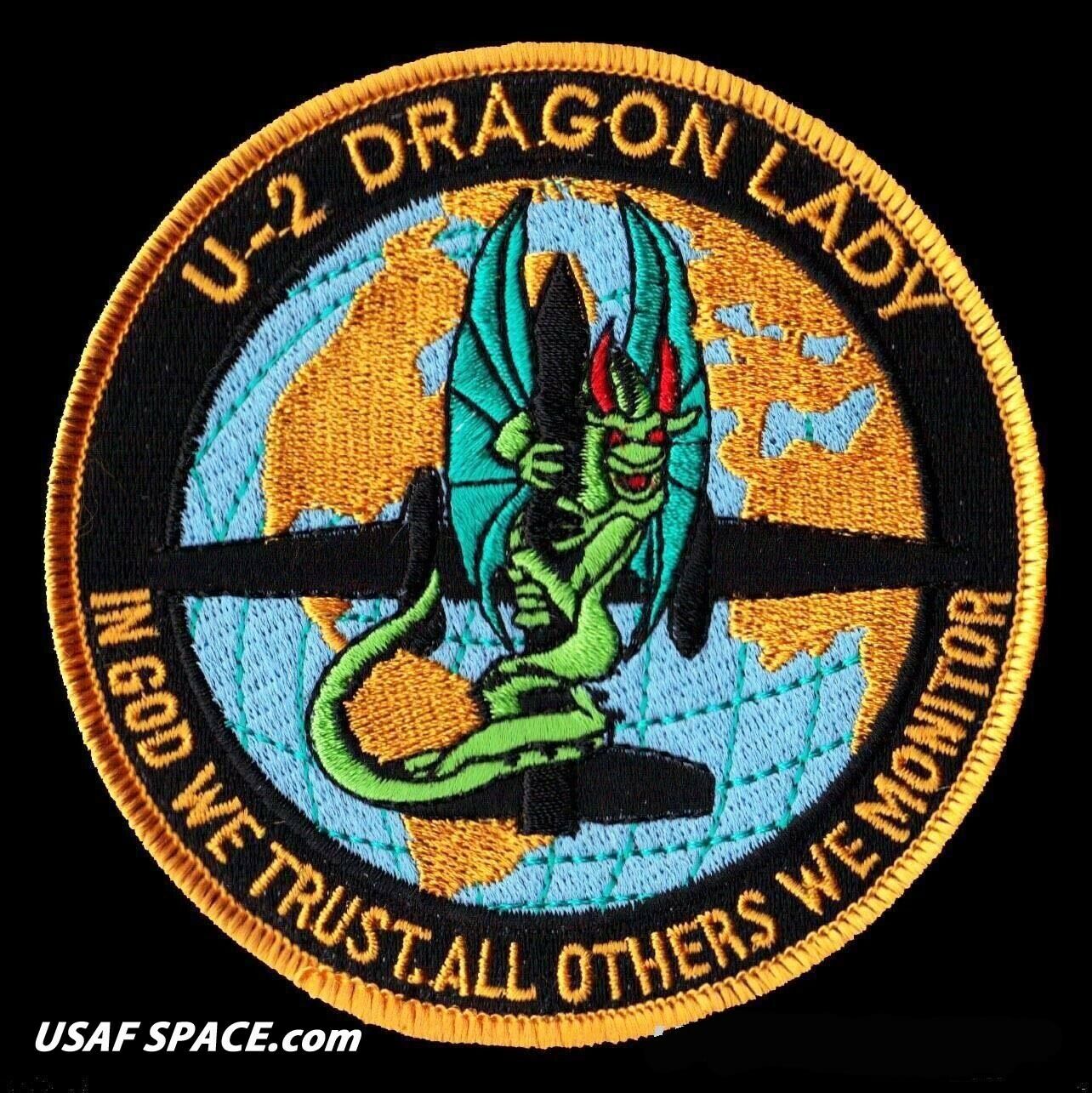-40%
NATO OP UNIFIED PROTECTOR No-Fly Enforcement over Libya: F-16 SWIRL RNLA 322 SQN
$ 8.97
- Description
- Size Guide
Description
NATO OP UNIFIED PROTECTOR No-Fly Enforcement over Libya: F-16 SWIRL RNLA 322 SQNThis is an Original
NATO OPERATION UNIFIED PROTECTOR INSIGNIA: No-Fly Zone Enforcement over Libya.
F-16 SWIRL RNLA 322 SQN
Shoulder Sleeve Insignia Patch.
You will receive the item as shown in the first photo.
Operation Unified Protector was an NATO operation enforcing United Nations Security Council resolutions 1970 and 1973 concerning the Libyan civil war and adopted on 26 February and 17 March 2011, respectively. These resolutions imposed sanctions on key members of the Gaddafi government and authorized NATO to implement an arms embargo, a no-fly zone and to use all means necessary, short of foreign occupation, to protect Libyan civilians and civilian populated areas. The operation started on 23 March and gradually expanded during the following weeks, by integrating more and more elements of the multinational military intervention, which had started on 19 March in response to the same UN resolutions. As of 31 March 2011 it encompassed all international operations in Libya. NATO support was vital to the rebel victory over the forces loyal to Gaddafi. The operation officially ended on 31 October 2011, after the rebel leaders, formalized in the National Transitional Council, had declared Libya liberated on 23 October. With Operation Unified Protector, NATO is involved in an internal Libyan conflict, between those seeking to depose the country's long-time national leader Muammar Gaddafi and pro-Gaddafi forces. The conflict began as a series of non-peaceful disorders, part of the broader Arab Spring movement, which Gaddafi's security services attempted to repress, but which soon developed into a widespread uprising. The situation further escalated into armed conflict, with rebels establishing a provisional government named the National Transitional Council based in eastern city of Benghazi and controlling the eastern part of the country and the western city of Misrata. The International Criminal Court warned Gaddafi that he and members of his government may have committed crimes against humanity. The United Nations Security Council passed an initial resolution 1970, freezing the assets of Gaddafi and ten members of his inner circle, and restricting their travel. The resolution also referred the actions of the government to the International Criminal Court for investigation. In early March, Gaddafi's forces rallied, pushed eastwards and re-took several coastal cities and finally began attacking the rebel stronghold of Benghazi on 19 March 2011. Two days earlier a second U.N. resolution, UNSC Resolution 1973, was passed which authorized member states to establish and enforce an arms embargo, a no-fly zone over Libya and to use all means necessary, short of foreign occupation, to protect Libyan civilians.[3] In response to the resolution, the Gaddafi government announced a ceasefire, but failed to uphold it and continued to advance on the rebels and the Second Battle of Benghazi began.
International intervention
In response to the U.N. resolution, voted on 17 March 2011, an international coalition was established and naval and air forces were quickly deployed in and around the Mediterranean Sea. Two days later, on 19 March, France intervened in the imminent Second Battle of Benghazi with air strikes on Gaddafi armor and troops and eventually forced them back. On the same day 110 Tomahawk cruise missiles were launched from UK and US ships, further air strikes against ground targets were executed and a naval blockade was established. The initial coalition consisted of Belgium, Canada, Denmark, France, Italy, Norway, Qatar, Spain, the United Kingdom and the United States. The official names for the interventions by the coalition members are Opération Harmattan by France; Operation Ellamy by the United Kingdom; Operation Mobile for the Canadian participation and Operation Odyssey Dawn for the United States. The U.S. initially coordinated the effort and took strategic and tactical command at UCC USAFRICOM, led by Carter Ham, and the Joint Task Force Odyssey Dawn, led by Samuel J. Locklear aboard the command ship USS Mount Whitney (LCC-20), respectively. From there on command was split between the air and naval components of the operation at which level the different participating countries commanded their assets in accordance with their rules of engagement and through liaison officers. After the initial intervention, the U.S. wanted to scale down their involvement significantly to a supporting role. Due to lack of consensus within NATO, the only other body capable of commanding a multinational operation of this size, however, this was not possible immediately. As consensus grew during the next days, NATO took more and more parts of the operation under its command until taking command of all military operations on 31 March..
Other items in other pictures are for your reference only, available in my eBay Store. They will make a great addition to your SSI Shoulder Sleeve Insignia collection.
Our a
ll US-Made Insignia patches here are NIR compliant and 65/35 blend,
with
LIFETIME
warranty.
**
IF YOU NEED USPS
TRACKING
SERVICES, PLEASE SELECT
.59
USPS 1ST CLASS SERVICE
**
ALL US-MADE PATCHES HAVE LIFETIME WARRANTY
**
eBay REQUIRES ORDER BE SENT WITH
TRACKING
, PLEASE SELECT
USPS 1ST CLASS SERVICE w/TRACKING
**
We'll cover your purchase price plus shipping.
FREE 30-day No-Question return
ALL US-MADE PATCHES HAVE LIFETIME WARRANTY
We do not compete price with cheap import copies.
Watch out for cheap import copies with cut-throat price;
We beat cheap copies with Original design, US-Made Quality and customer services.
Once a customer, a LIFETIME of services




















